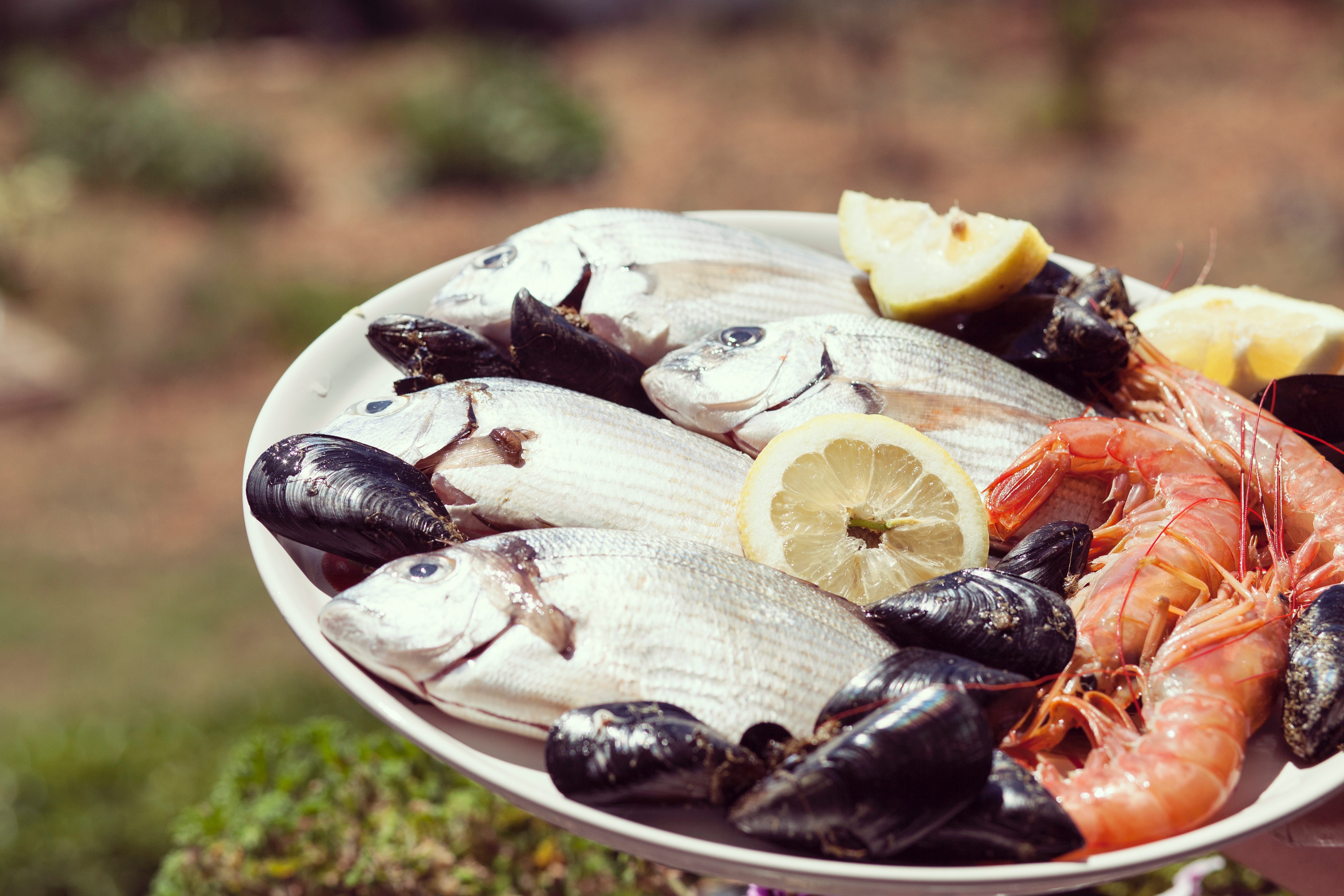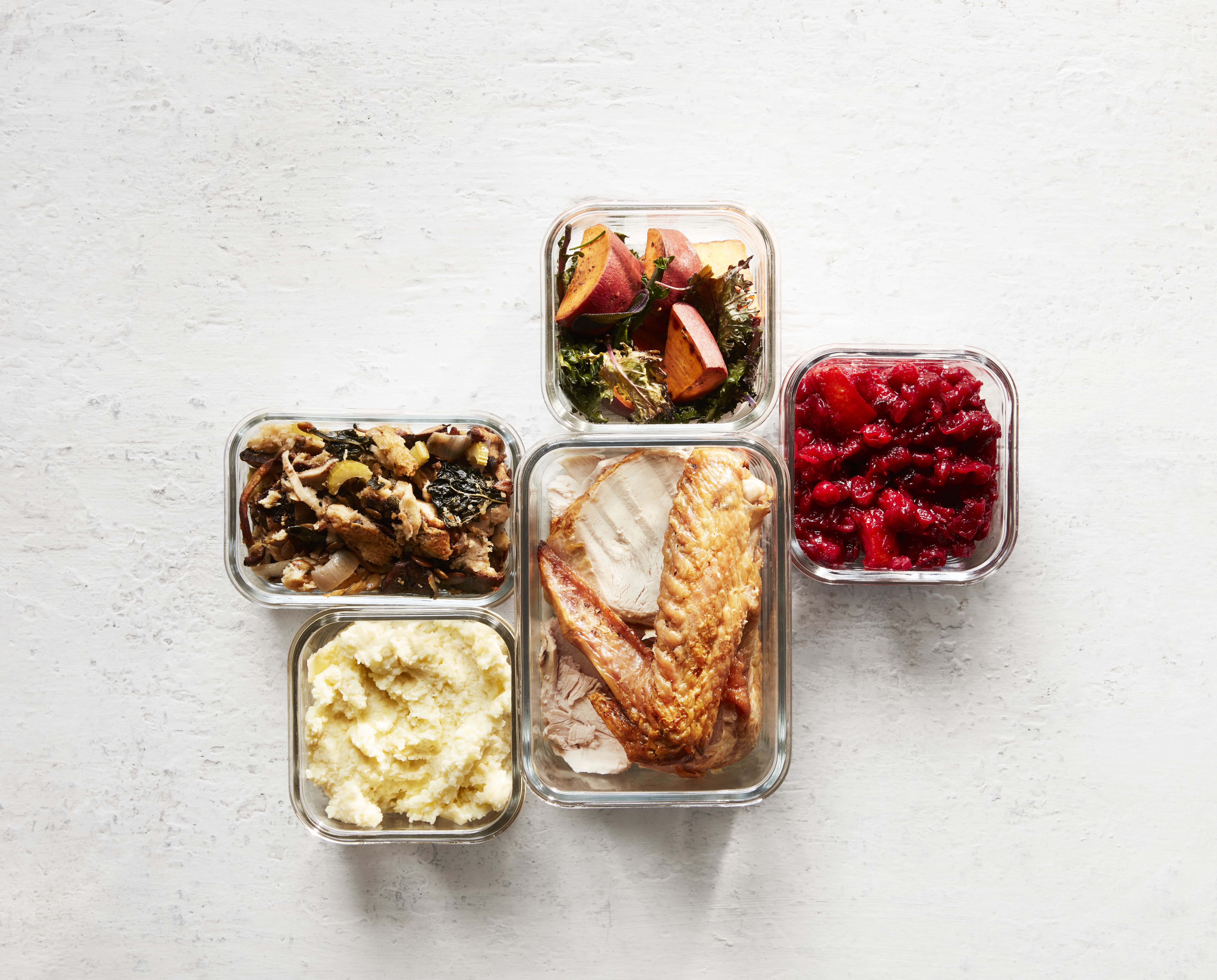
Health & Medicine
Making the most of probiotics

Food poisoning is a terrible way to ruin the holidays, but there are some simple steps to help you stay safe and enjoy your favourite foods
Published 22 December 2019
There’s nothing quite like that feeling of relaxing with a bellyful of beautifully cooked festive food on a warm Australian holiday. You’ve eaten your fill, and now it’s time to sit back with family or friends, and enjoy the afternoon.
But wait. You’re actually not feeling so good. Your stomach is making some very strange noises, and you feel a little nauseous and sweaty. In fact, you feel quite awful. And looking around you’re not the only one.
It’s food poisoning – a terrible way to ruin the perfect day.

Food poisoning occurs when bacteria, viruses and sometimes parasites or their toxins are present in sufficient levels in our food. The usual culprits include bacteria like Salmonella, Listeria, Campylobacter and E. coli, as well as some viruses.

Health & Medicine
Making the most of probiotics
According to Australia’s Foodborne Illness Reduction Strategy, salmonellosis is on the rise in Australia, and campylobacteriosis is the most commonly notified cause of gastroenteritis – poultry is the main source for both. And as the weather hots up in the southern hemisphere at this time of year, the rate of food poisoning cases increases rapidly.
Parties – big or small – cater for several generations, including the very young, pregnant women, the elderly and people whose immune systems are weakened due to illness or medical treatments.
These people are more at risk than others. Similarly some foods like raw or undercooked poultry and eggs, seafood like oysters, fresh produce including salads, leafy greens, vegetables, pre-cut fruit, sprouted seeds, unpasteurised juices, milk and dairy products including soft cheeses all carry a higher risk of causing food poisoning.
As these parties usually involve both high risk groups of people and foods, this is the time of year we can be most at risk of food poisoning. But there are some fairly easy steps you can take to avoid it.

The festive season is often the perfect time to find big price discounts for food items. But it is important to pay attention to date marking when you purchase. The two main types of date marking used for food are ‘use-by’ dates and ‘best-before’ dates and usually apply for perishable and semi-perishable foods.
These date markings provide a guide to the shelf-life of a food, and are based on either sensory and nutritional quality attributes of the product, or the health and safety considerations of all consumers.
Due to health and safety reasons, foods shouldn’t be eaten after the use-by date and can’t legally be sold after this date.
However, food with an expired best-before date, provided that the food is not spoiled and complies with any other applicable legislation (such no evidence of damage) may available in the market a few days after the best-before date, and should be safe, but may have lost some sensory and nutritional qualities.
Even though there can be big discounts on food products closer to the use by-date, it may be better to avoid these products if you cannot consume it before the use by-date. Foods that have a shelf life of two years or longer, like canned foods, don’t need to be labelled with date codes.

But never buy bulging, rusted, leaking, or deeply dented cans as the poison produced by some nasty bacteria like Clostridium botulinum in canned goods can be deadly in some cases.
And lastly, make sure to pay regular attention to the media for any notifications of food poisoning outbreaks, food recalls or updates related to food safety before food purchasing, preparation or consumption. These messages can help avoiding many potential food safety hazards.

Health & Medicine
Would graphic warnings on unhealthy food make you think again?
With the ban on plastic shopping bags in Australia, people have quickly adopted re-usable shopping bags. This is great for the environment but we need to be careful – these re-usable bags can harbour harmful bacteria like E. coli if not cleaned properly before re-use.
A recent study reported the presence of highly pathogenic Listeria monocytogenes in the re-usable plastic bags used in this study. Only use these bags for groceries and never pack fresh produce, and raw poultry and seafood products in the same bag. Simply, keep the bags clean and wash regularly.
Cloth bags are usually machine washable with regular laundry detergent. Synthetic bags can be cleaned by hands using warm soapy water. Summer sun is great to dry these bags before you use them or store in a clean place.
Also, when transporting from store to home keep perishable food on ice during summer months, which will minimise any bacterial growth. This is especially so on hot days or during long periods travelling between the shop and home refrigerator.

After you get home and you have stored your groceries appropriately, be sure to clean all areas where your reusable bags are placed, like your kitchen counter or dining table, to prevent cross-contamination. Cleaning can easily be done using warm water with a splash of white vinegar, nonabrasive cleaner or soap.
Make sure to refrigerate cold foods as soon as possible or at least within two hours of purchase as room temperature may provide ideal conditions for harmful bacteria to grow.

Sciences & Technology
How do we get antibiotic resistance genes in a salad?
Most of us know it is important to take extra care when preparing food. We need to consider simple hygiene like washing hands with soap and cleaning surfaces thoroughly with hot soapy water or disinfectant before and during cooking.
Other important steps include not storing raw poultry and seafood products with fresh produce to minimise cross-contamination, washing fresh produce thoroughly before preparation, and using different utensils for preparing meat and fresh produce.
Beyond basic hygiene, keeping food at the right temperature is one of the main mistakes we make during the festive season. We particularly need to keep the potentially hazardous and higher risk foods (either raw or cooked) at the appropriate temperature to minimise the risk of disease-causing bugs or toxins.
These foods include raw and cooked poultry meat, foods containing eggs (cooked or raw), dairy products – like milk, cream and fresh custard – seafood, sprouted seeds, cut fruit, salad and vegetables, cooked rice, and fresh or cooked pasta, sandwiches, pizzas and sushi.
The golden rule here is “keep it cold, keep it hot, or make it quick”. Generally, temperature between 5°C and 60°C is the danger zone as harmful bugs can grow quickly in food within this temperature range.

If you need to have the food at this temperature range while preparing or serving then this should be done as quickly as possible. Keeping your food, especially these hazardous products at 5°C and 60°C or hotter can keep it safe.
If these foods have been in the danger zone for less than two hours, you should use it immediately or store it appropriately – in two to four hours the food must be used immediately and for longer than four hours, especially in hot summer weather, the food must be discarded.

Environment
We can have urbanisation and enough to eat
This is also known as the two-hour/four-hour rule, and means it is important to check if your refrigerator is working properly before your plan big parties in this festive season.
There are plenty of food leftovers from most of our festive parties. Food waste is a major problem and needs to be kept to a minimum, but if you take proper measures, leftovers can be used for days.
Always apply the two-hour/four-hour rule when you save leftovers from the hazardous product category and use small portions for storage, as these will reach the right temperature sooner than larger volumes, before refrigerating or freezing.
These simple steps will help you to stay safe and enjoy your favourite foods in this festive season.
Banner: Getty Images